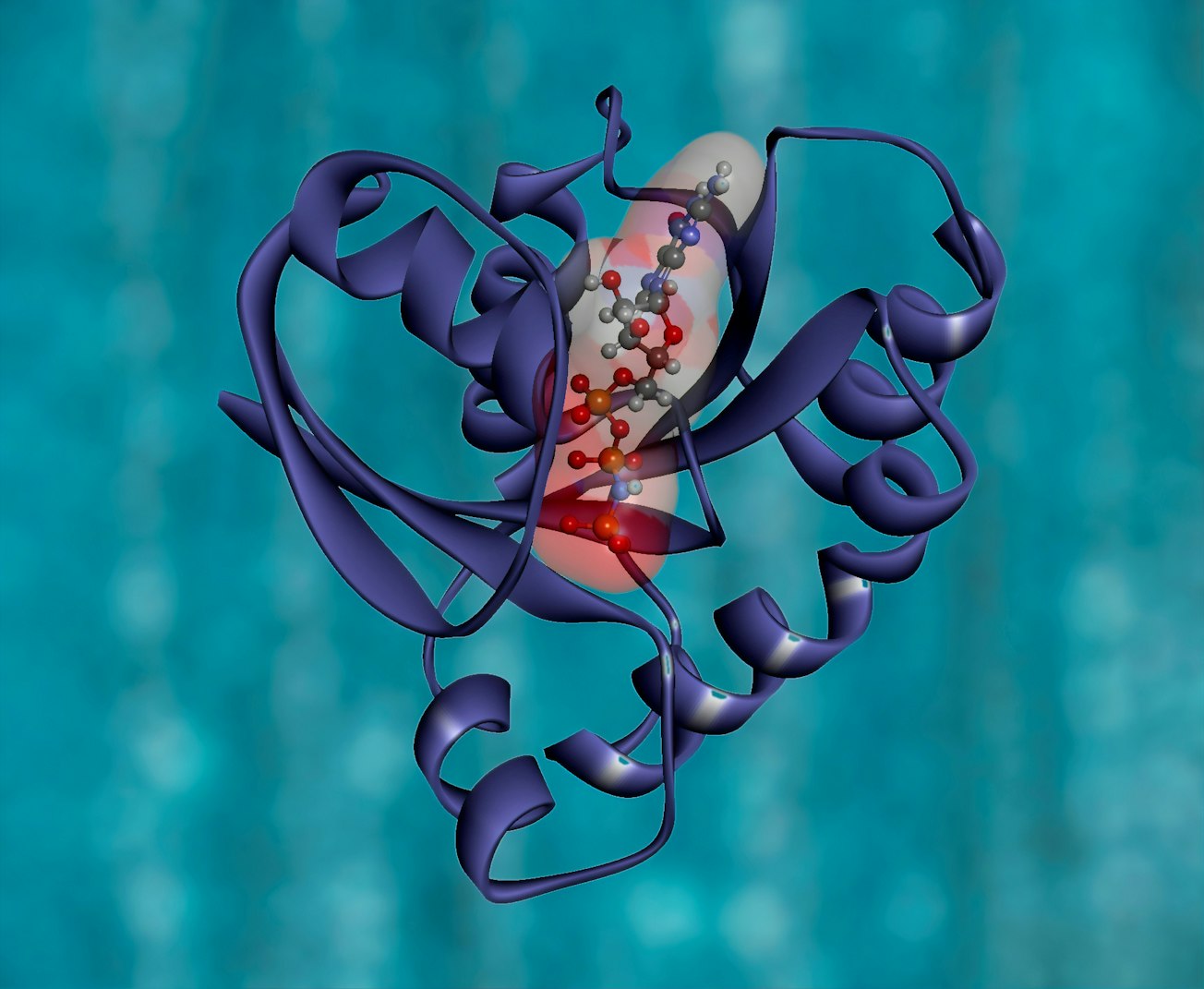What is it about?
This paper provides a guide for researchers planning, performing and reporting studies on the compoisition of the protein corona acquired by nanomateials in serum or other biological fluids. Since researchers in this area come from either a strongly materials-focussed or a protein and biophysics focussed background, and papers are often a team efforts, it can be challenging to know what to report and how much detail is needed in describing the aspects of the study so that others can fully reproduce the work. To overcome this, we provide a set of considerations and a checklist for reporting nanomateial protein corona studies, covering all aspects from the inital dispersion of the nanomateials and their incubation in the biofluid of interst, to the separation of the nanomateirals from the unbound proteins, the removal of the bound proteins from the nanomaterials and their analysis by proteomics for semi-quantification of the proteins that were bound to the nanomaterials. The considerations and level of detail in which to report the sample processing, and the databases and quality conrol criteria used for protein identificationare are also presented. The hope is that as the research community increases the quality of reporting of their studies, new insights into nanomaterials toxicity and nanomedine applicatons will emerge, and better predictive models can be developed.
Featured Image

Photo by National Cancer Institute on Unsplash
Why is it important?
Poor reporting of studies leads to poor reproducibility, and may also lead to uneccessary errors such as unintentional removal of proteins that should be associated with the nanomaterials whcih then skews the data and any subsequent models or predictions based on the dataset. Improved planning and reporting of nanomaterials protein corona studies will increase our collective understanding of the uptake, impacts and biodistribution of nanomaterials and the role of the acquired protein corona on this behaviours. This knowledge will feed into better nanomedicines and safety nano-containing consumer products.
Perspectives
The protein corona is now such a well-established concept in nanomaterials interactions with humans and organsims that it was timely to develop a set of reporting guidelines to ensure that early knowledge is not lost and that newer studies can be increasingly well documented and well reported based on the evolving best practice. This area is now considering increasingly complex corona compoistions formed in the envirnment as well as in the human body but the guidelines are applicable in all cases!
Prof. Iseult Lynch
University of Birmingham
Read the Original
This page is a summary of: Best practice in reporting corona studies: Minimum information about Nanomaterial Biocorona Experiments (MINBE), Nano Today, October 2019, Elsevier,
DOI: 10.1016/j.nantod.2019.06.004.
You can read the full text:
Contributors
The following have contributed to this page







